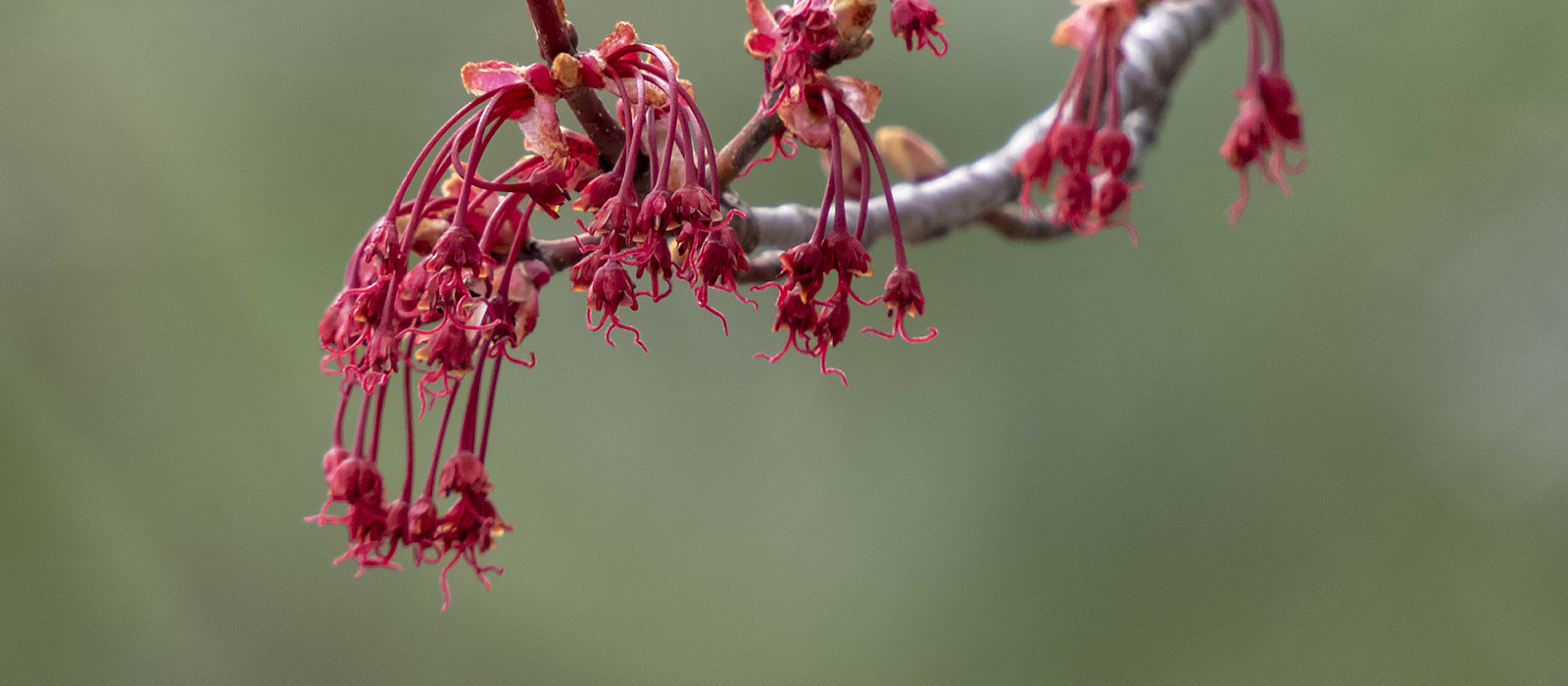
RED ALERT
The Spring Super-Bloom and Sexual Identity in Red Maples
Across much of the eastern U.S and adjoining Canada, spring begins not so much with a blast of green but rather 50 shades of red.
Springtime is the ruddy head of a Turkey Vulture and the angry crest of a Ruby-crowned Kinglet. It is the carmine burst of Beaked Hazelnut flowers and the bloody veins on Crimson Pitcherplants. Spring is electricity from Cherry Bluet damselflies and the glow from Red Admiral butterflies. And in swamps and woodlands, in city parks and your own backyard, spring is a super-bloom of Red Maples.
Over the course of nearly 20 miles of walking during the past 10 days, all within my home city of Montpelier, Vermont, I’ve been studying the red glow in our naked woods — the blossoms of Red Maples that I had forever noticed but never truly explored or understood. Odds are good that you yourself are not far from Red Maples — and their lessons in sexual identity. My own discoveries began in Montpelier’s grand park, Hubbard Park, on Earth Day, when I took these three photos (click for a bigger view of each):
So what’s with the orange and the red? Those are trees in bloom. But how so? For answers I turned to the botanist, ecologist, photographer and author Jerry Jenkins, who is arguably doing more to illuminate the Northern Forest for us than anyone — ever. (More on Jerry and his work below.) First, a short botany refresher: Most plant species are monoecious, which is to say that each individual plant produces both male and female reproductive parts. In dioecious species, individual plants are either male or female (or, as we’ll see, sometimes both).
Maples are for the most part dioecious — a particular tree is either male or female. And what we’re seeing now here in New England (among other flowering trees) are female Red Maples bearing clusters of dangling fertile flowers (like in my banner image at the top of this post, in which you can see the Y-shaped stigmas protruding from each little red bloom) and male Red Maples, now starting to go past their prime, spent of their pollen, paler and sagging on their twigs or even fallen to earth like the autumn leaves.
Below on the left, the lower inflorescence on the twig shows male flowers with fresher stamens colored in red, while the upper bloom’s stamens are withered, brown and “spent” for the season. I’m also finding lots of male flowers on the ground, few, if any, bearing pollen but nonetheless still showing their ruby bud scales, which help Red Maples glow in late winter.
Gender Identity in Maples
If you now walk the muddy paths with your head bowed, perhaps seeking out spring ephemeral wildflowers (also one our great flowering events), you are likely to spot those fallen Red Maple flowers. After all, this tree is widespread across the eastern U.S. and adjoining Canada. And the delayed onset of warmer weather across the Northeast this week should keep the Red Maple flower show going for a bit longer before the leaves burst out to cover it all up.
But also know that nature is nothing if not complicated, especially when it comes to reproduction. Some maple species, like the non-native Norway Maple, are monoecious, bearing male and female parts on the same tree. And among the dioecious maples, like Red Maple, some are what we might call “gender fluid.” A Red Maple that’s been female for years might one year produce some male flowers as well. And male Red Maples some years might decide to bear female flowers. Jerry pointed me to a study about this by Richard B. Primack and his article titled The Sex Life of the Red Maple published in Arnoldia, the quarterly magazine of Harvard’s Arnold Arboretum.
“In this red maple study, individuals of both sexes could produce flowers of the opposite sex,” Primack writes. “Female plants had a greater tendency for variability than the males, with 33 percent of the females varying in sex expression whereas only 10 percent of the males varied in sex expression.”
Adding even more wonderful complications, many other tree species figure into this spring flower show. Silver Maple (Acer saccharinum), whose flowers look a lot like Red Maple, is wrapping up its flowering season, Boxelder (Acer negundo), also known as Ash-leaved Maple, is now in bloom as well, and Sugar Maple (Acer saccharum) will soon be blooming big-time. Striped Maple (Acer pensylvanicum), whose flowers dangle in an elegant cascade, and Mountain Maple (Acer spicatum), whose flowers stand in an upright spike, bloom later in spring.
What I love most about the maple mysteries I’m still pursuing here in my city is that I’ve been walking past these very same trees for 34 years. On those walks I may have been thinking about various other things in nature, mostly birds and insects, or maybe even my newfound obsession with marine mollusks. All of it has kept me busy and learning and alive. And this particular spring, for whatever reason, what is probably the most common deciduous tree species in North America now bears for me new flowers of discovery (male or female or both).
Even better is that I’m still not entirely sure what I’m seeing among all these blooms. Which means I gotta get out there even more. After all, coming next is that lovely period of newly emerged leaves (in 50 shades of green) and serviceberry flowers — a season the conservationist and sage Nancy Bell calls “pastel lace and promise.”
Addendum: If you’d like to discover more of what’s growing in our Northern Forest, I can think of no finer resource than the Northern Forest Atlas website and its suite of digital and printed materials. Do not rush through this website: spend time wandering its pages and downloads, and purchase its products. In Jerry Jenkin‘s blend of botany, ecology, photography, depth of field experience (not to mention photographic depth of field) you will see life in our forests like never before. So breath in, slowly exhale … click on the weblink and prepare to behold a forest of masterpieces.
Here are but a few examples of Jerry’s grand views of forests expressed in some of their smaller parts.
Click for bigger views (and please recognize that these are all © Northern Forest Atlas and used here with permission).
Resources
- The Northern Forest Atlas
- The Sex Life of the Red Maple by Richard Primack. Arnoldia. Vol. 63, No. 1. 2004.
- Flora Novae Angliae by Arthur Haines. Illustrated by Elizabeth Farnsworth and Gordon Morrison. New England Wildflower Society and Yale University Press. 2011.
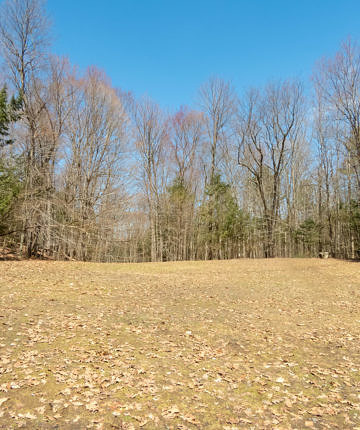
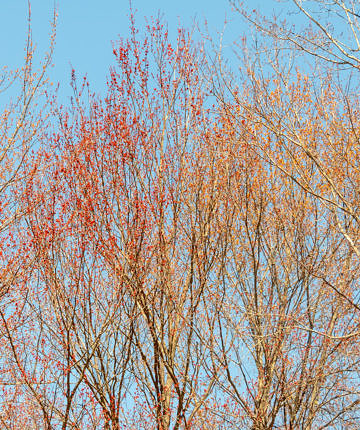
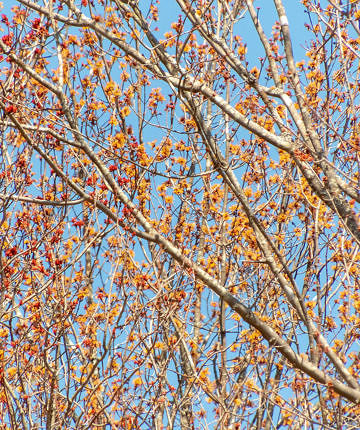
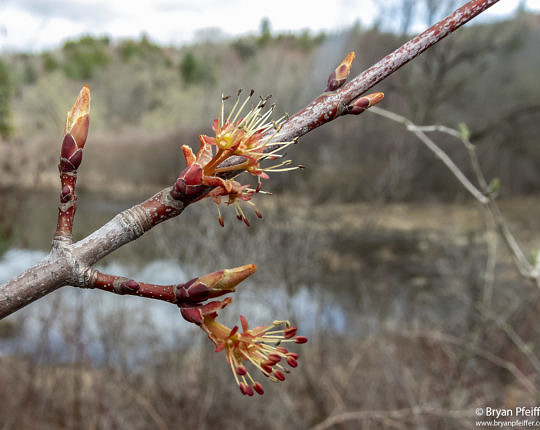


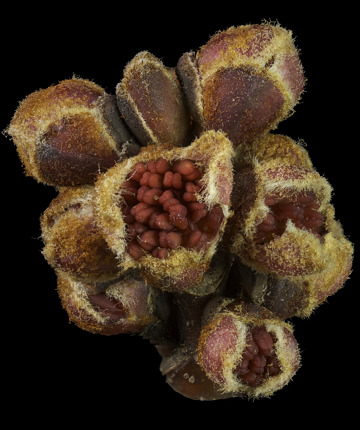


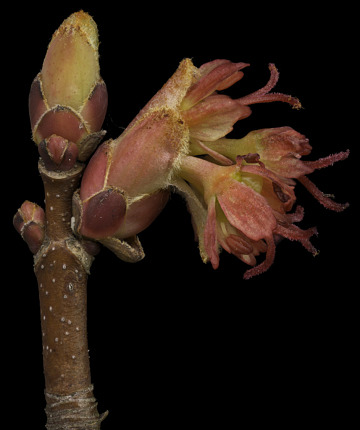
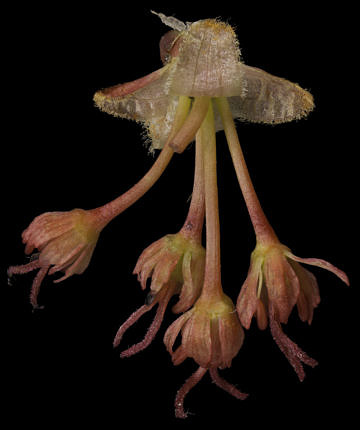
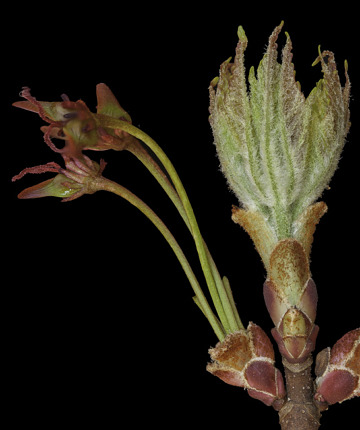
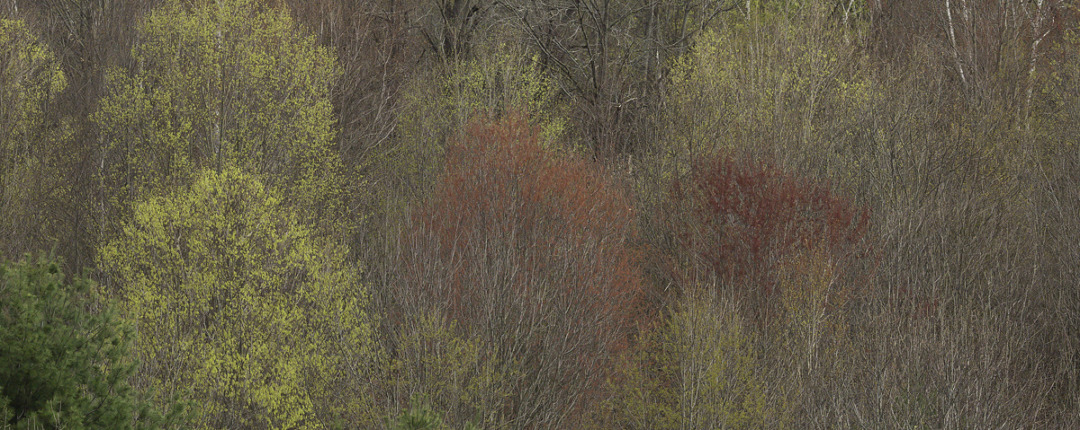
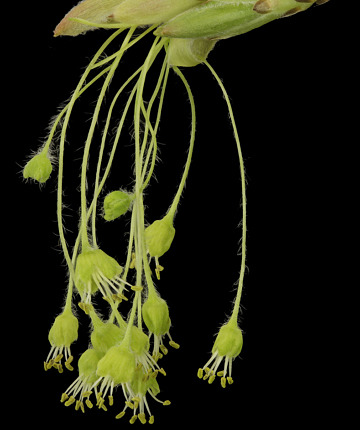
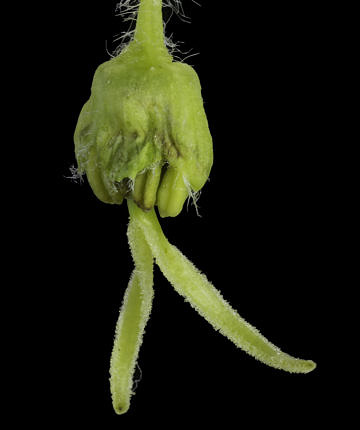
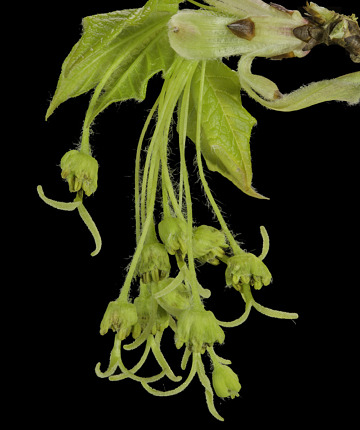

Jerry is a certifiable (and certified) genius.
Bryan, I am so glad that you and Jerry are connected. Jerry taught me at least half of what I know about plants and a great deal about a lot of other things, too.
Love to you and Ruth.
Thanks, Margie. I gotta go sniff some of those flowers!
Nice essay Bryan and so cool to discover the gender fluidity of maples! I always get excited when I see the maple trees blush red because I know spring is on its way. I also enjoy the sweet perfume their flowers make.
Lots more sparkling to come! 🙂
Yeah, I’m going to collect a few twigs, put ’em in water and see what happens. Keep me posted on your “union” there. (See you Saturday!)
I have to say, I do wonder why they drop like that. Still so much to learn. Thanks for the report, Kay!
… thinking like a biochemist. 🙂 Great to hear from you, Hal. Hope to see you in Austin!
Fireworks in May.
Thanks, Phillip. Let’s hope Erora might present itself to us this spring!
Thanks, Heidi!
Break out the big lenses, Roger. 🙂 Feel free to send along some photos!
Send photos, Andrew! I suspect flowering there is a bit “behind” what’s happening here in the big city.
I hope it’s warm enough for tree flowers out there! I do miss the prairie. Stay well, Sandra. And come back for a visit! 🙂
I’ve been admiring them and using them alongside willow and others in bud arrangements. Just stunning and now I know I’ve got the males and females together in the vase! Oo la la.
This year so far I had been seeing the red glow on trees but just noticed the red on the ground this morning. The area under the bird feeder was like a carpet of red. Thanks for knowing and sharing the science behind this phenomenon.
Bryan, Here in Delaware I have a red maple in the front yard and one in the back. There are no seeds on the one in the front this year and the one in the back sports a bumper crop. My puzzlement led to hypotheses involving nutrients, stress, moisture, etc, but never dioecious with the complication of sometimes. Thank you for resolving my mystery.
Thank you for the insights on Red Maple flowers Bryan and the beautiful imagery. It’s amazing how much more there is still to learn about the “familiar” things in our daily natural view-scape.
Excellent article. Many thanks!
Thank You for all the enlightenment on the maples. I am heading out now to take photos with the water drops on them. You got my curiosity up, I need to have a closer look!
As always a very interesting and informative post Bryan! I have a patch of big mature red maples in my woodlot and you’ve inspired me to go out and find them off the trails – they should be obvious if I look up to see what kind of sex is going on out there. Maybe some birds will present themselves as well.
Great photos too…
Who knew maples were gender fluid….
As always I learned a lot about maple trees that I did not know before. One thing for sure I miss seeing these trees here in Des Moines, IA. I love reading your blogs about all you see and do, so much fun. Keep them coming.